Spring Start Up Guide
Spring is around the corner which means boating season is closer than many realize. With the hustle and bustle of the holidays consuming our thoughts and schedules, Spring seizes the opportunity to sneak up on us. Get ahead of the game, as old Saint Nick often does, by making a list. Feel free to check it twice. For many boating enthusiasts, annual preparations are the key to preventing problems or acknowledging potential issues before they have the opportunity to progress. The goal is to be on the water as much as possible. Our guide will have you ready to do just that once Spring has officially sprung.

- Make sure to change the oil, oil filter, and drive lubricants before checking all fluid levels. Refill any that seem to be low including engine oil, power steering, power trim reservoirs, and coolants. While most of these tasks are completed during the winterization process, it doesn't hurt to double check them when starting up again in the Spring.
- Before filling the fuel tank, inspect the entire fuel system for leaks or damage that may have occurred during storage. Carefully, and closely, look at fuel hoses and connections to ensure all fittings and clamps are properly secured. Replace any that aren't. Damaged fuel hoses typically appear soft or brittle and may even have cracks.
- Speaking of damaged hoses, make a point to inspect all moving parts such as cables and belts. It's not uncommon for them to crack or weaken during colder temperatures off the water. All belts should fit tightly to prevent slipping. Evidence of cracks, swelling, or softness in shift and steering control cables could be a sign of internal corrosion. Replace any hoses, cables, or belts that appear loose.
- Occasionally, boats may become a temporary home for unwanted critters looking for an escape from the winter weather. Once the boat cover has been removed, it's important to inspect all upholstery and seats for evidence of uninvited guests. Clean every surface top to bottom and reapply a vinyl protective cleaner to prepare your boat for the season ahead.
- After working on the beauty within, focus your attention on the outside. Inspect the hull looking for blisters, cracks, or distortions taking necessary steps to reverse their effects before they become worse. Using an environmentally safe cleaning solution, clean the hull entirely so your boat looks as good as you feel when using it.
- Given the nature of electrical systems and their relationship with the water, regular inspections should be routine throughout every season. This is especially true when gearing up to relaunch in the Spring. Look at all electrical connections to ensure they're clean, tight, and corrosion free. Remove terminals that show signs of being corroded and clean them using a wire brush before reconnecting. Charge the battery to ensure it can hold a charge and replace, if necessary.
- Inspect propellers for dings and pitting. Distortion, cracks, or chips can cause vibration and damage to other parts of your boat leading to costly repairs and more time spent off the water. Avoid that scenario by making sure the propeller is secured properly and all bearings have been replaced, if applicable.

- Even though it's last on this guide, it's important to remember safety first. Before your return on the water, check all life jackets to ensure they're in good condition and every passenger has the correct size for their body weight. Replace outdated or worn jackets and have extra onboard for guests.
Fire extinguishers should be inspected, fully charged, and stowed properly. Flares, flotation devices, and other safety items should be up-to-date and stored within reach in the event they're needed. - Last, but not least, ensure the engine, exhaust, and ventilation systems all function properly and the drain plug is securely in place before every launch. Doing so helps maximize your time spent on the water. Spring will be here soon, have your boat ready when it arrives. 'Tis the season!
Shop Supplies to Get Spring Ready
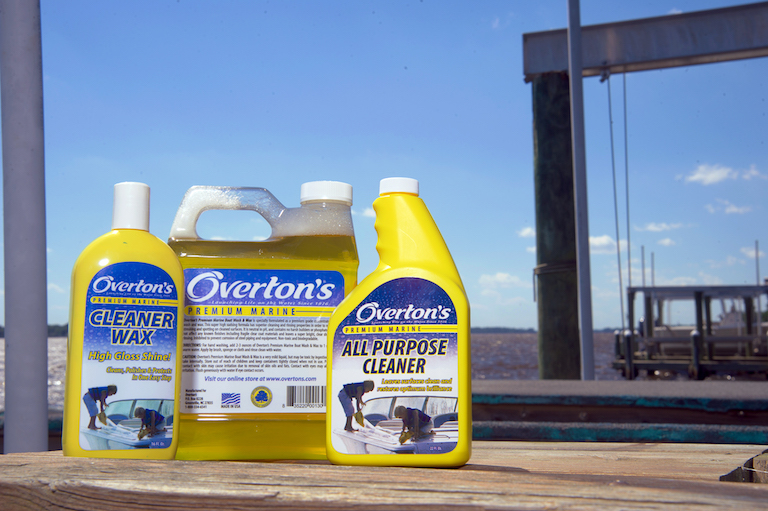
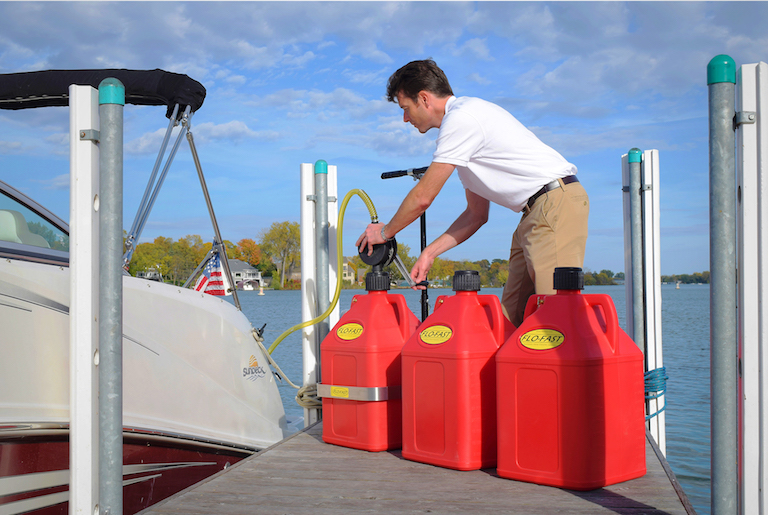
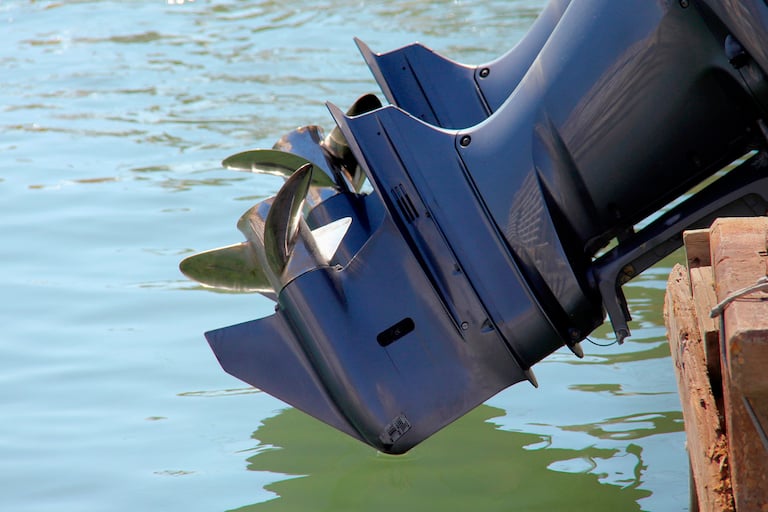
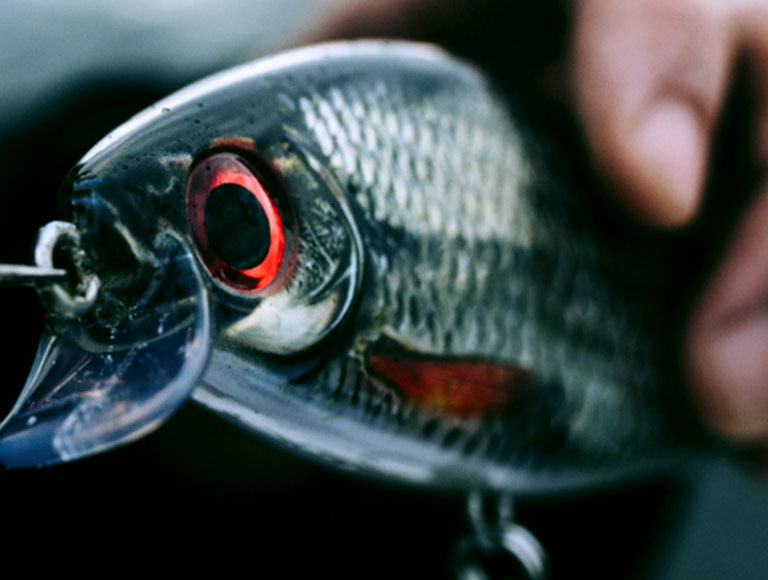
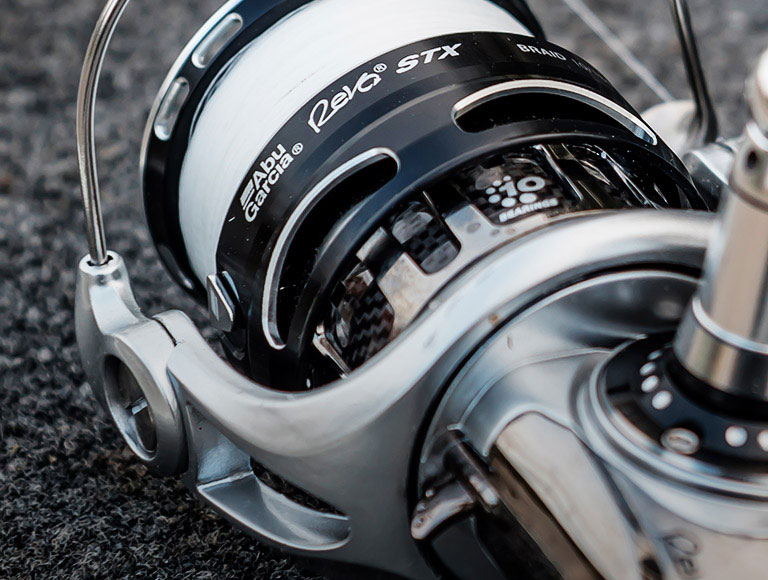
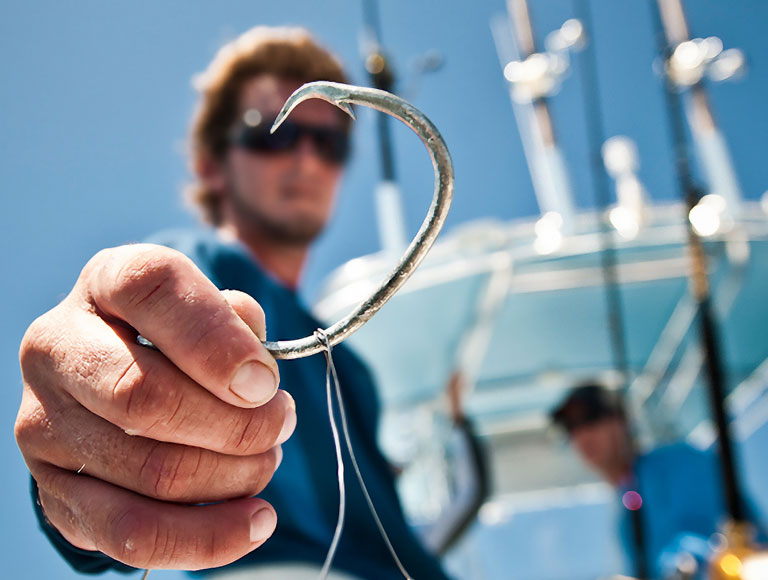
 800-700-1366
800-700-1366
